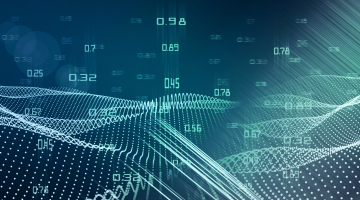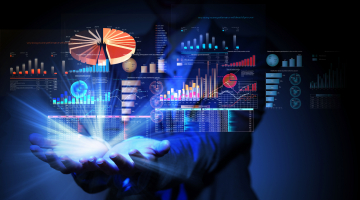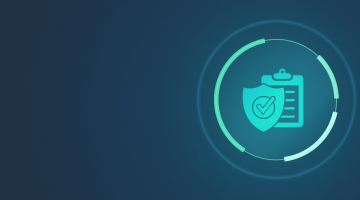
Robotics in retail industry: Use cases and advantages
Everybody knows that Amazon has a 45,000 army of retail robots that are replacing human workers in warehouses. Besides that, the company plans to deploy airborne drones to make the delivery process faster and cut expenses. This article will explore how different shops implement robotics in retail, analyze their experience, and discuss whether it is a good idea to adopt robotics in the retail industry right now.
Custom software development for retail. Here’s what we do.
The state of global retail
2020 was rough on everyone, but the retail stores suffered a crushing blow. According to Fortune, more than 12,000 stores went bankrupt during the COVID crisis. This little virus put millions of people out of work. However, e-commerce was flourishing. This sector of the retail industry experienced booming growth in the next few years. The internet remained the only place where people could shop during the lockdown.
Experts say that COVID-19 accelerated the existing process of digitizing, making it hard for offline stores to compete. Many people believe that e-commerce will do the same thing to offline stores that online streaming services did to Blockbuster Video.
So, we will see massive competition between online and offline shopping in the next several years.
Challenges and opportunities for the retail industry in terms of innovative technology
Technology is changing the way we do our day-to-day business. In this section, let’s talk about the new technologies for retail.
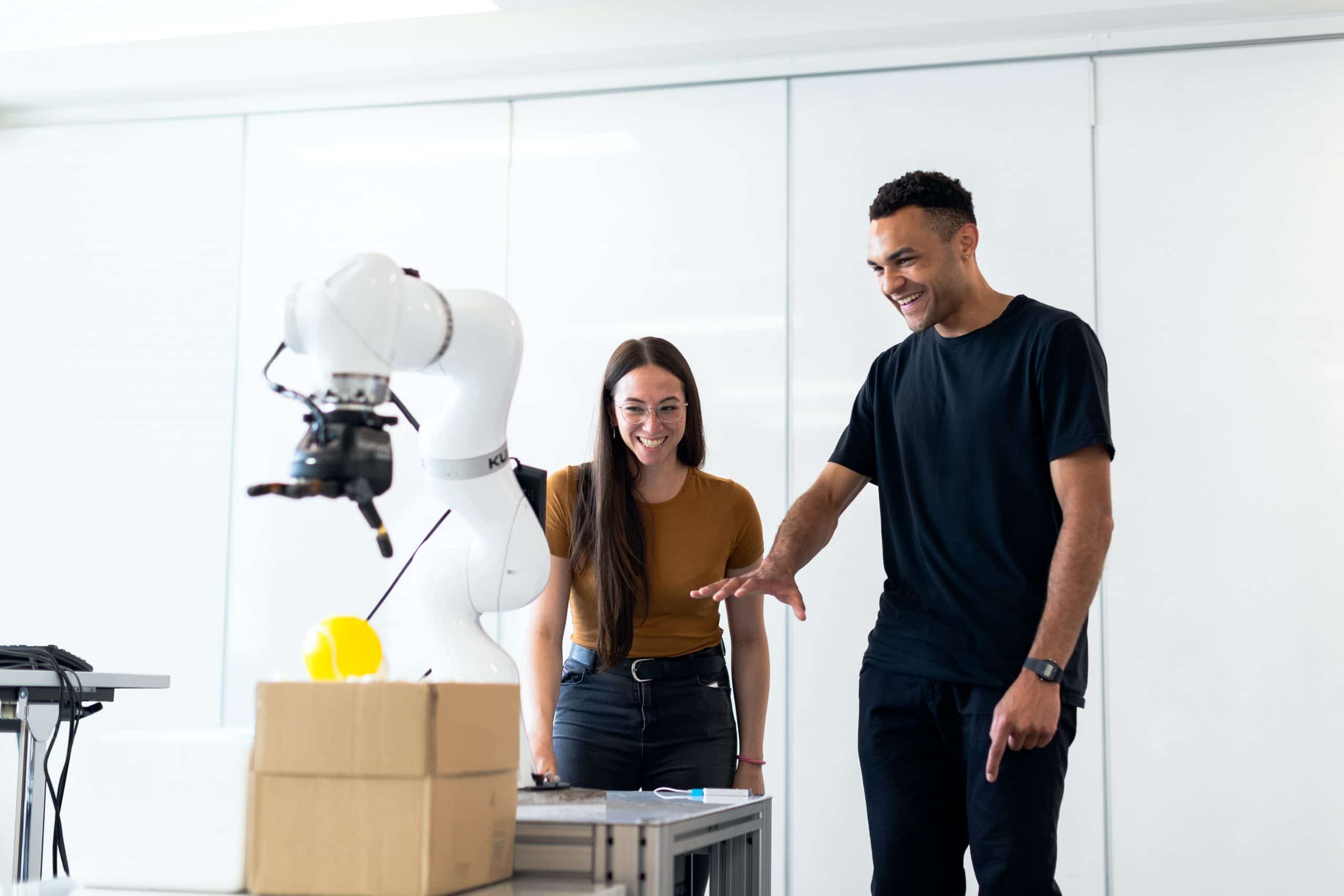
Augmented Reality (AR) allows people to try products
Augmented reality allows customers to browse the products and “try them on” from the comfort of their homes. It is also used to help customers see, from their smartphone, if new furniture will fit in their house. Extended reality technologies become more popular every year.
Retail robots are replacing people
During the past several years, businesses started understanding the importance of robotics and replacing their workers with robots. A retail robot can perform a variety of functions: scan and track inventory, check price tags, replenish store shelves, and do lots of other jobs. We will talk about the advantages of robotics in retail later in more detail.
Big data helps analyze the behavior
Retail stores have never had any problems collecting data about their customers, but they have always struggled with analyzing and using the data to increase sales. Predictive analytics changes it. Thanks to this technology, businesses can be proactive about the future. Understanding the past behavior of people helps them understand the current behavior and act accordingly.
Recommendation engines help sell products
Recommendation engines have proved to be handy for retail shops. This technology analyzes customer behavior and recommends products to people who don’t know they need them. The customer is urged to make impulsive purchases by the exciting things suggested to them. It helps businesses to benefit from higher cart prices and increase customer satisfaction.
The internet of things (IoT) is not sci-fi anymore
Futurists started writing about the concept of the internet of things a long time ago. It has become a reality now. Many companies are using IoT to increase the efficiency of their supply chains and gain more profit every year. Experts believe that this technology will radically transform the shopping experience.
Advantages of digital transformation for retail businesses
We already mentioned that COVID-19 accelerated the massive transition from offline retail to internet shopping. Ignoring this trend is an unnecessary risk.
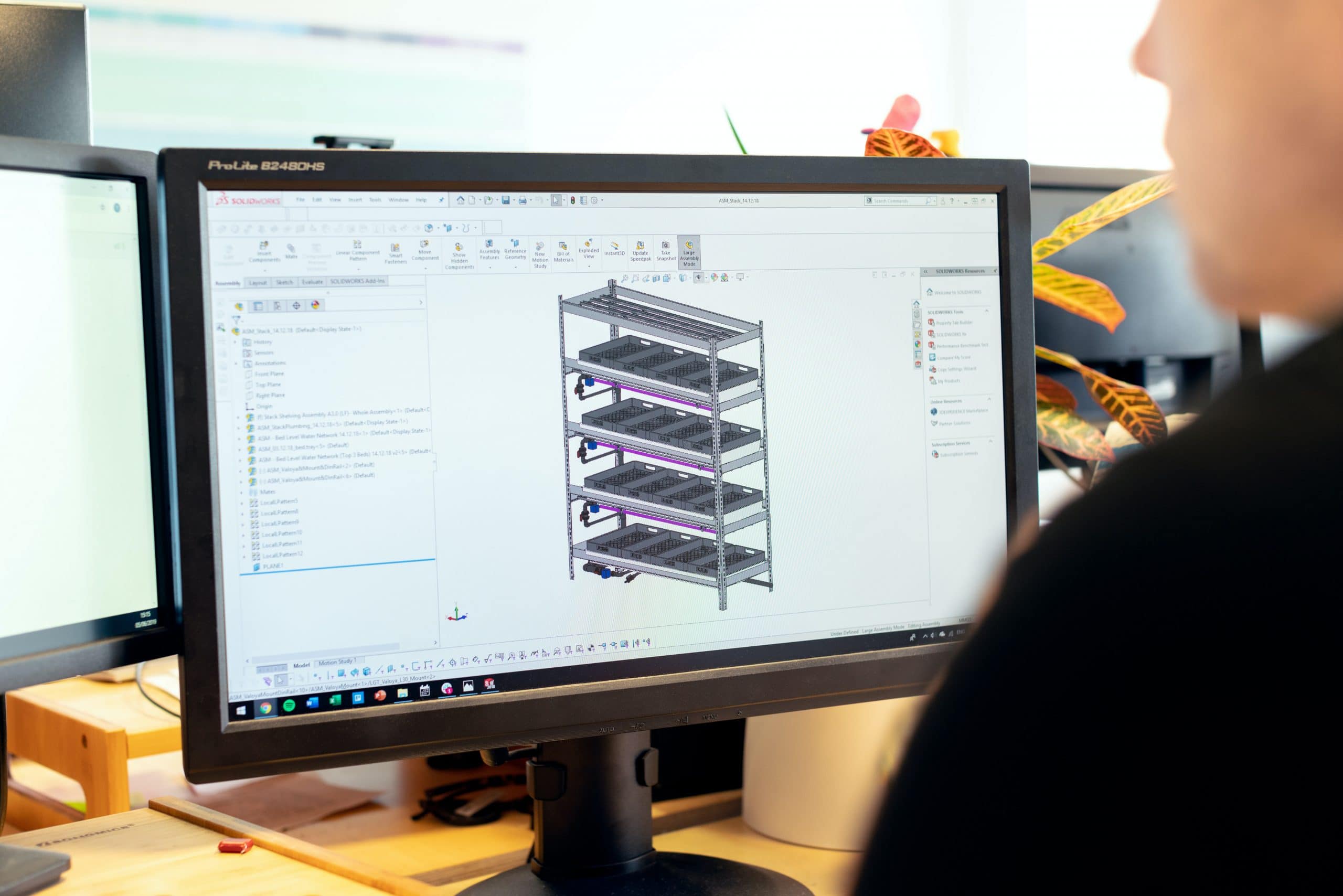
Security
Recent years have shown that governments have the authority to lock down countries all over the planet, keeping only the essential workers on duty. With the absence of clients, many retail stores went bankrupt. An online store doesn’t have such problems. You can assign most of your personnel to remote jobs and leave delivery persons and a small number of robot operators. The transition can be costly, but it’s better to spend some money right now instead of going bankrupt later.
Connect with your customers more easily
In the old days, you only had limited ways to convey your message to the customer. TV and newspaper ads were expensive and not very efficient. Digitalization and the rise of social media allowed the retail industry to communicate with customers using targeted ads, websites, social management, chatbots, and much more. All of this makes marketing strategies more effective.
Automate everyday tasks
Modern cloud tech allows you to improve internal and external operations. The owner can automate everyday tasks using the latest technologies. It will free up the schedule and give you more time for strategizing and finding more ways to increase profits. Some people decide to spend this time with their family. After all, what is the point of having a business if you cannot enjoy the products of your work with your close ones?
Increase your revenue
Offline retail limits the ability to create multiple streams of income. Going online allows the business not to limit itself to a single community but to go nationwide (or even worldwide). The latest technologies make it possible to target different audiences using various channels. We believe that having the ability to address extra people around the world is the main reason to go online.
Better customer experience
Almost every single change in the business model is caused by the need to improve the customer experience. There is a higher chance that a happy customer will buy more and come back next time. Modern digital tools allow businesses to analyze the behavior of their customers and employees to create a high-quality shopping experience.
Learn more about retail industry software solutions.
Advantages of robotics in the retail industry
Robotics is becoming an essential part of the modern retail industry. The modern robots come in different sizes and shapes, from enormous six-foot-tall free-moving machines to sophisticated shelf-scanners checking inventory at Walmart. In this part, we talk about the advantages of robotics in retail stores.
Customer data
One of the main goals of robots in retail is to get information about the consumer’s behavior. They use automated shelf-scanners that are connected to the internet of things. The IoT combines all processes, from manufacturing to transportation and retail, into a single digital ecosystem. When combined with the advanced capabilities of artificial intelligence and machine learning, the Internet of Things helps to move human civilization into the Fourth Industrial Revolution.
Retail robotics in warehouses and stores
Big retailers like Walmart and Amazon use a lot of different robots in their warehouses and retail stores. These robots do the most straightforward jobs, like material handling and cleaning. Using the robots allowed Amazon to reduce the number of workers and cut operating expenses by about 20%.
Besides that, different companies invest a tremendous amount of money into delivery robots. McKinsey says that autonomous vehicles will perform 85% of deliveries by 2025.
Robotics use cases
LoweBot changes in-store customer service
Some use robotics in retail industry to help the customer get additional information or find a specific product. In 2016, home improvement retailer Lowe’s introduced their project – LoweBot.
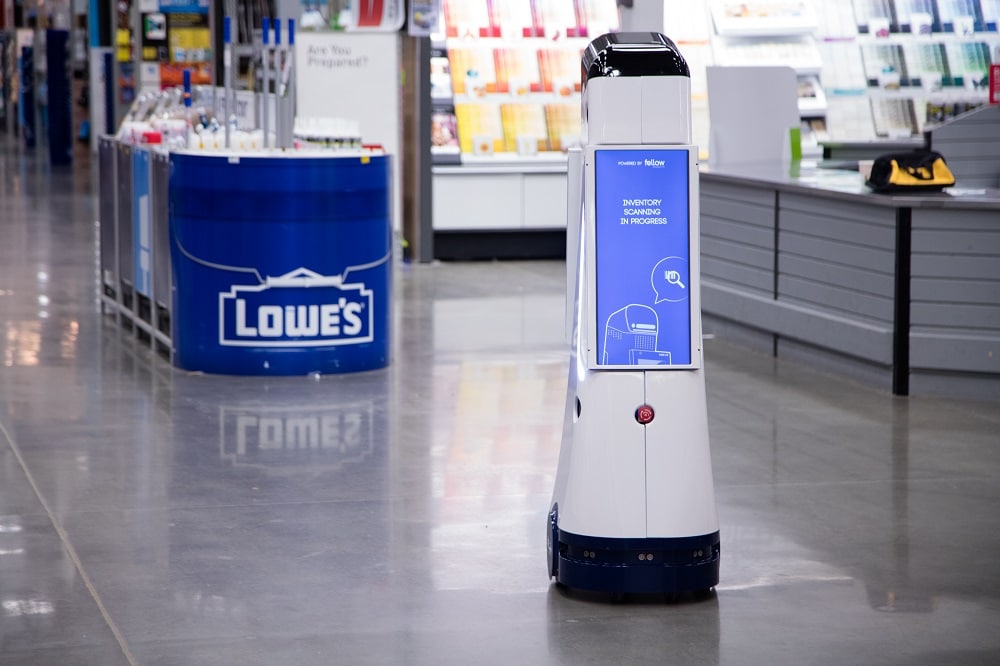
Technology summary: The customers can activate this robot by speaking or using a touch screen to find specific items in the store. The LoweBot is capable of answering some basic questions that customers would otherwise address to a human employee. Besides that, the robot conducts real-time inventory tracking and accumulates information to help business owners understand shopping patterns.
Future applications: The head of Lowe’s Innovation Labs, Kyle Nel, says that their robot provides immediate value for the short, medium, and long term. However, it has been five years since the first LoweBots, and we haven’t found any information about the results. Besides that, there is no information on how much money the company spent. So, an important task is understanding the ROI of this robot in a retail store.
The Tally by Simbe Robotics will help you track the inventory
Lowe’s is not the only business that decided to engage robots in offline store sales. The Target store chain has tested a robot called Tally, created by Simbe Robotics.
Technology summary: Tally has a more straightforward goal in comparison to LoweBot. The sole purpose of it is to monitor the price of the inventory and the pricing of products within stores. The creators put in visual recognition software to understand when a shelf is empty or full of products. The company launched the trial version of the robot in San Francisco. However, we haven’t found any updates or published results of this trial.
Future applications: The CEO and co-founder of Simbe Robotics believe that this robot will help boost revenue by keeping track of inventory.
It needs to be pointed out that we haven’t found any firm data that suggests that the robots impacted the businesses. These two projects look more like tests instead of working tools. We hope that the companies will still publish the results of their use of robots in retail stores.
Softbank’s Pepper Robot
The humanoid robot Pepper is one of the most successful implementations of robotics in the offline retail industry. The 140 Softbank Mobile Stores in Japan use this robot to communicate with their customers. SoftBank has been working for the past 12 months to bring Pepper to the U.S. market.
Technology summary: Pepper is a rather interesting example of robotics used on the retail market right now. You can program it to interact with customers. The robot can answer questions, give directions, and chat with people. Besides, the robot can play music, dance, take selfies with people, and light up.
Future applications: We can’t deny that SoftBank did a tremendous PR job. Their marketers managed to turn Pepper into an example of using robotics in the retail industry. This company has a big chance to turn Pepper into a platform that many businesses will buy.
However, we haven’t found any reliable data proving that this robot is worth investing in. The first shop at a Palo Alto tech shop claimed that they experienced a 70 percent increase in visitors during the week of working with Pepper. The second pilot run at a Santa Monica retail shop reported a 13 percent increment in revenue and a six-fold increase in sales of a featured product.
There were no fundamental changes in the business. We need to wait for long-term analytics to see if Pepper affects customer behavior in the long run.
Related article:
Automated inventory system: What is it, and why is it important?
Concluding thoughts on using robotics in retail
We had problems finding specific data about ROI during the creation of this article. Nonetheless, more and more businesses are starting to implement robots for several purposes:
- Getting the attention of the customer
- More efficient use of storage space
- Keeping track of inventory and analyzing customer behavior
- Getting products for customers if all humans are busy
How we can help you with robotics implementation
Our team has provided software services to clients for the last ten years. We are a team that combines extensive expertise in banking, insurance, healthcare, green energy, robotics, and many other industries to provide you with the best services at reasonable prices.
One of our specializations is robotics process automation services (RPA). The main goal of RPA is to take advantage of robotics in the retail industry.
Managed compliance
We will help you find a suitable solution to numerous compliance-related issues: fraud investigation, anti-money laundering regulations, reporting, and monitoring requirements. Our experts develop effective strategies for minimizing manual aggregation, processing, and structuring of the data.
Increased efficiency
We have created a line of service offerings that will improve the efficiency of your business. Our services incorporate intelligent data processing (IDP) solutions, including solutions for the automation of reporting, optical character recognition (OCR), and customer support solutions for automating interactions between company advisors and clients. Get a quote on any RPA technology for free by reaching out to us.
Improved accuracy
Everyone can make errors, and process automation is here to eliminate them. Our programming will ensure the high quality, reliability, accuracy, and consistency of business data.
Customer support
Provide a better service to your clients in the face of continuously growing demands and ever-changing behavioral patterns. Automation services and solutions will improve employee productivity and reduce the time for processing customer requests. Moreover, RPA allows you to avoid mistakes and find information faster.
Please take a look at our RPA solutions if you are interested in implementing robotics in retail and making your business more efficient.
FAQ
What is robotics in retail?
Robotics in retail refers to the use of robotic technology and automation in various aspects of the retail industry. This includes tasks such as inventory management, restocking shelves, assisting customers, and even providing checkout services. Retail robots can enhance efficiency and the overall shopping experience for customers and reduce labor costs.
How beneficial is robotics in retail?
Robotics in retail offers several significant benefits. It can improve operational efficiency by automating routine tasks like restocking and inventory management, reduce labor costs, and enhance inventory accuracy. Robots can also provide a novel and engaging in-store experience for customers, such as guiding them to products or providing information. Additionally, they can operate 24×7, increasing the store’s productivity. However, the successful implementation of robotics in retail depends on factors like price, technology, and customer acceptance, and it may not be suitable for all retail environments.
